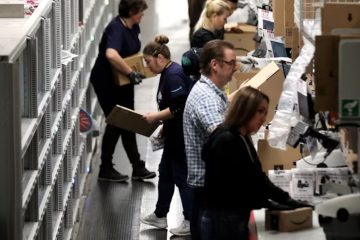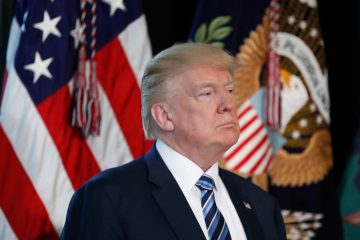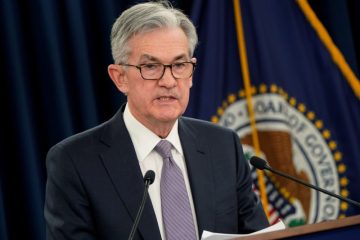June China factory activity falls for third month due to weak demand

China’s manufacturing activity contracted for the third consecutive month in June, albeit at a decelerated rate, as rises in new orders, purchasing volumes, and supplier delivery times indicated that the policy support implemented since late last year is beginning to yield results. However, business sentiment continues to be lackluster, as indicated by Monday’s survey, which revealed that employment, factory gate prices, and new export orders are still struggling. This situation sustains the demand for additional stimulus as authorities navigate the challenges posed by US President Donald Trump’s tariff measures and persistent vulnerabilities in the property sector.
The National Bureau of Statistics purchasing managers’ index (PMI) increased to 49.7 in June, up from 49.5 in May. This figure aligns with the median forecast in a Reuters poll, yet it continues to fall short of the 50 threshold that delineates expansion from contraction. “Two months of successive improvement, that’s a decent reading given June was the first full month without Trump’s prohibitive 100 per cent-plus tariffs,” stated Xu Tianchen, a senior economist at the Economist Intelligence Unit. “There remains evidence of frontloading in trade; however, tariffs have decreased, and manufacturers are gearing up to dispatch goods for the holiday season,” he noted.
The new export orders sub-index continued its contraction for the 14th consecutive month in June, rising slightly to 47.7 from 47.5 in May, whereas employment exhibited a divergence from other indicators by worsening further. However, new domestic orders rose to 50.2 from 49.8, and purchasing volumes jumped from 47.6 to 50.2—offering policymakers some hope that domestic demand may be starting to recover. Zichun Huang, an economist specializing in China at Capital Economics, indicated that the PMIs implied a resurgence of momentum in the world’s second-largest economy over the past month. However, he cautioned that ongoing tensions with the West would persist in constraining exports, and there remained indications of deflationary pressures.
The non-manufacturing PMI, encompassing services and construction, increased to 50.5 from 50.3.
According to a statement from NBS senior statistician Zhao Qinghe, there was a decline in activity across the food and beverages, travel, hospitality, and logistics sectors this month. Nonetheless, this downturn was counterbalanced by an increase in the construction PMI, which ascended to a three-month peak of 52.8, according to Huang from Capital Economics. Huang noted that “Fiscal support looks to have continued to support infrastructure spending,” while also warning that “a fading fiscal tailwind is likely to slow activity in the second half of the year.”
Uncertainty persists among factory owners, as the business outlook index – typically aligned with the headline PMI – declined in June, indicating that producers are awaiting a more robust trade agreement to replace the tenuous framework established between Beijing and Washington earlier this month. This situation creates a compelling impetus for policymakers to implement additional support measures, as it is crucial for the government to prevent stagnation or contraction in China’s extensive manufacturing sector in order to achieve its ambitious growth target of “around 5 per cent” by 2025.
In May, profits at China’s industrial firms experienced a significant downturn, a development that officials have linked to subdued demand and decreasing prices for industrial products. Policymakers express confidence in their ability to advance the reforms initiated late last year, aimed at transitioning China’s economy from a manufacturing-led model to one driven by consumer demand, as articulated by Premier Li Qiang during the recent World Economic Forum and Asian Infrastructure Investment Bank meetings. Li stated that such a shift in the engines of growth, which is deemed essential for securing China’s future, could be advanced while sustaining robust growth.
However, it is suggested that the transition may span several years, with reform often resulting in a temporarily subdued economy in the short term. “Exports are expected to decelerate in the second half of the year, and domestic deflationary pressures will intensify,” stated Dan Wang, China director at Eurasia Group, who anticipates additional stimulus in the forthcoming months.
“Household consumption is unlikely to serve as a genuine short-term catalyst; however, fiscal expenditures on infrastructure can provide the necessary growth to achieve this year’s objectives.”









